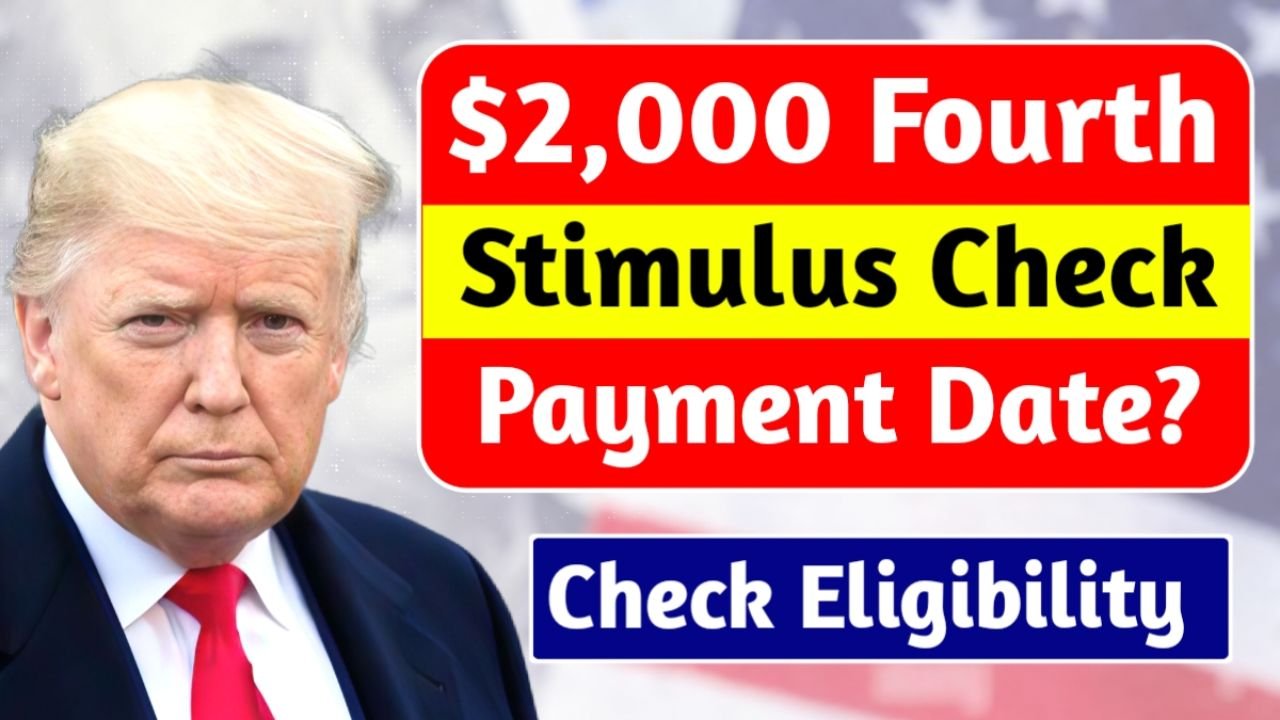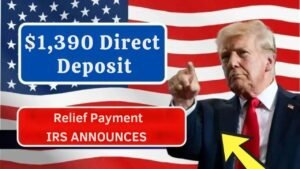The idea of a $2,000 Fourth Stimulus Check in 2025 has sparked widespread discussion across the U.S., especially as families continue to face high living costs and economic uncertainty. The proposal, discussed by some policymakers and public figures, envisions a new federal relief payment to support households struggling with inflation and daily expenses. However, as of November 2025, no official approval or legislation has been passed, and the IRS has not confirmed any new stimulus program. This article breaks down the latest updates, potential eligibility, and what Americans should realistically expect.
Status of the $2,000 Stimulus Proposal
- The $2,000 stimulus remains under discussion, with no formal legislation approved.
- Analysts note that such a program would require Congressional approval, federal financial planning, and revenue assessments.
- At present, the plan is considered exploratory, not an active federal initiative.
Key takeaway: Until legislation is passed, no payments can be issued, and reports of immediate deposits are rumors.
Potential Eligibility (If Approved)
If Congress ever approves the $2,000 stimulus, eligibility might follow patterns from previous rounds:
- U.S. citizens and lawful permanent residents with valid Social Security numbers
- Income limits: Individuals earning up to $75,000, couples filing jointly up to $150,000
- Social Security, SSI, and SSDI recipients likely included
- Dependents could receive additional credits depending on final rules
Note: These are speculative guidelines based on past stimulus programs. Official rules would be released only after approval.
IRS Statements on Current Payments
The IRS has clarified:
- No new $2,000 stimulus checks are authorized for 2025.
- Current federal payments include inflation relief deposits already approved earlier this year.
- Eligible recipients do not need to apply, as payments are processed automatically using tax return data.
- Beware of scams; only official IRS channels provide legitimate updates.
Quick Tip
Use the IRS “Get My Payment” tool to track existing relief deposits—but it will not reflect the unapproved $2,000 stimulus.
Possible Timeline & Payment Method
If approved in the future, the process might mirror previous stimulus rounds:
- Direct deposits for individuals with up-to-date banking info
- Paper checks or debit cards sent to others
- Full rollout could take several weeks after Congressional approval
Until then, rely only on official government announcements for updates.
Public Reaction & Expert Opinions
- Supporters: Many households struggling with expenses welcome the idea of a $2,000 payment.
- Economists: Some see it as a way to offset rising import costs and balance household budgets.
- Concerns: Experts caution that tariff revenue alone may not fund widespread payments without borrowing or budget adjustments. Additional stimulus could also impact inflation if poorly timed.
FAQs
Q1: Has Congress approved the $2,000 Fourth Stimulus Check?
A1: No, as of November 2025, no official approval exists.
Q2: Who would be eligible if the stimulus is approved?
A2: Likely U.S. citizens, permanent residents, Social Security recipients, and dependents, with income limits similar to past programs.
Q3: When will the payments be sent?
A3: No official payment dates exist. Direct deposits would be first, followed by checks or debit cards if approved.
Q4: How can I track my payment?
A4: Only existing IRS relief payments can be tracked via the “Get My Payment” tool.
Q5: Are there scams to watch out for?
A5: Yes. Avoid emails, messages, or social media posts claiming new stimulus payments. Always check IRS.gov.
Conclusion
The $2,000 Fourth Stimulus Check remains a potential idea rather than a confirmed payment. Americans should focus on verified IRS updates, avoid scams, and prepare financially while keeping an eye on official announcements. Staying informed and cautious is the best way to navigate the ongoing stimulus discussion.





